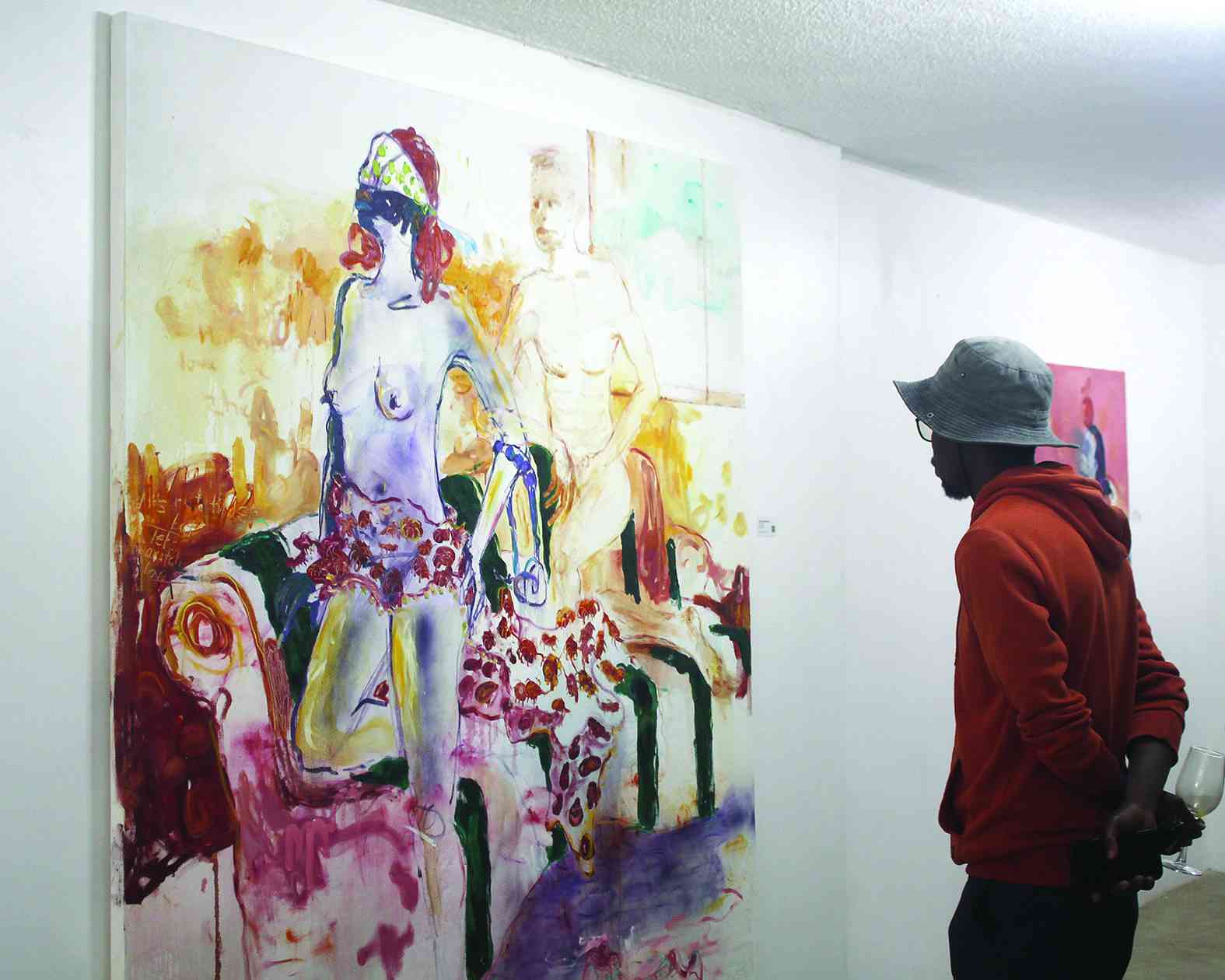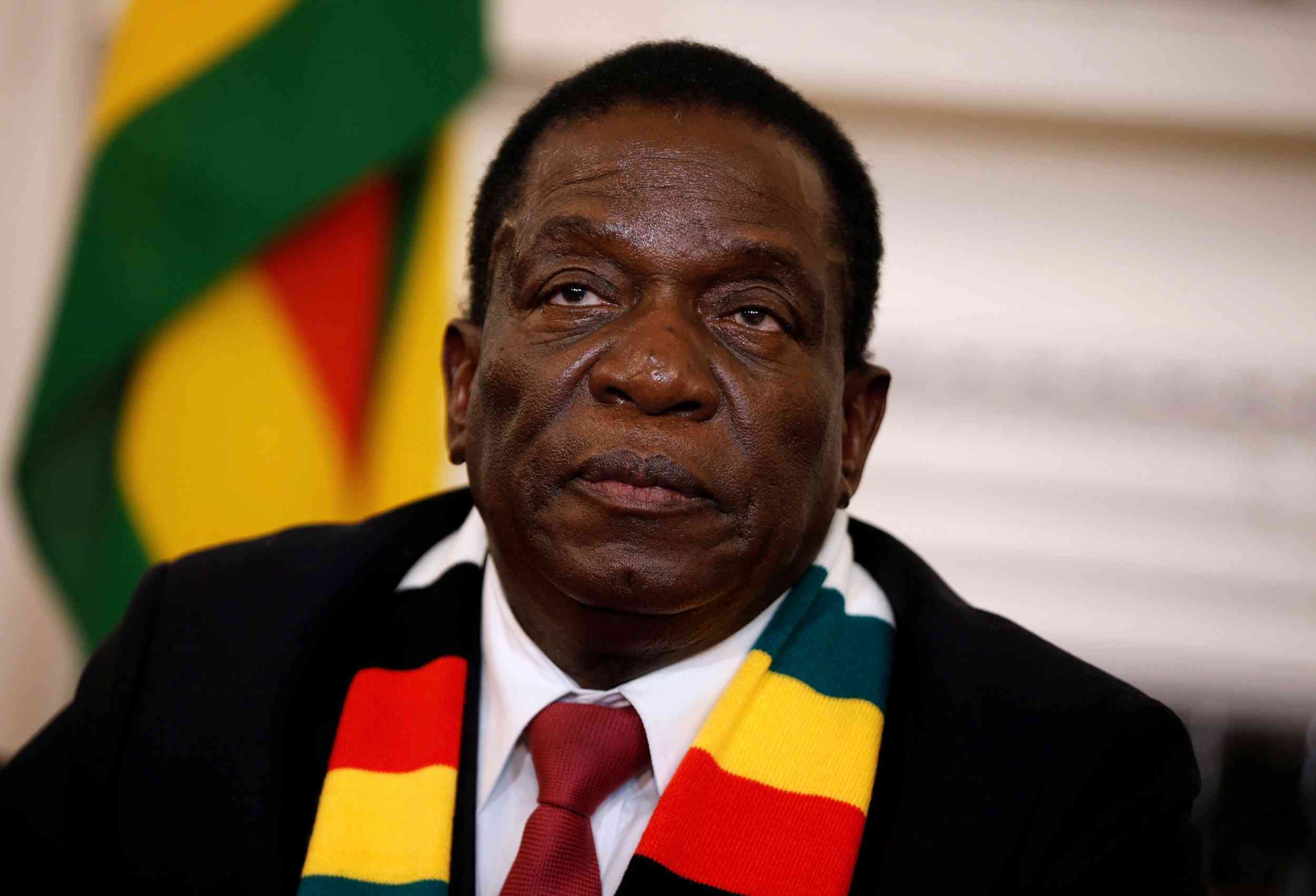
ZIMBABWE’S national unemployment rate has slightly moved by 1,3% to 890 161 compared to 850 326 recorded in the first quarter as the country’s economic downturn shows no signs of abating, latest Zimbabwe National Statistical Agency (ZimStat) figures reveal.
Zimbabwe is facing yet another economic crisis as seen in company closures, a free-falling local currency and widespread poverty.
Skilled workers are quitting their jobs to join the informal sector because of low salaries, while others are crossing borders in search of a better life.
In its latest 2024 Third Quarter Labour Force Survey Report, ZimStat disclosed that the working age population now stands at 8 580 007, a slight decrease from 8 616 968 recorded in the first quarter.
The labour force stands at 4 086 152 with labour force participation rate 47,6%.
The labour force survey aims to establish employment levels, characteristics of employed persons, employment in the informal economy, income levels, labour migration and labour underutilisation.
According to ZimStat data, Harare had the highest employment-to-population ratio out of all provinces, standing at 49,6%, followed by Bulawayo at 44,8%.
Employment-to-population ratio is the proportion of working age population that is in employment.
- Turkeys: A gift that created employment for Gutu villager
- How Zim can move from populism to sober and issue-based politics
- Foundries require US$50m for retooling
- Joblessness spikes to 21%
Keep Reading
“Labour force participation rate for Harare province was 63,1%. For Bulawayo province, the labour force participation rate was 62,9%. The labour force participation rate decreased by 0,4 percentage points in the third quarter of 2024 compared to first quarter 2024,” the survey read.
Labour force participation rate refers to the proportion of the working age population that is in labour force.
“Labour force participation rate for persons in urban areas was 62,8% while for persons in rural areas, it was 38,2%. In urban areas, the male labour force participation rate was 75,1%, while for females, the rate was 52,6%.”
Youth not in education, employment or training (NEET) thus 15-35 years stood at 49,5%
“Proportions of youth not in education, employment or training (NEET) for the age group 15-24 years was 44,3% in Bulawayo province and 44,8% in Masvingo province.
“For the 15-35 years age group, the youth NEET proportion was 56,3% for Mashonaland Central province.”
Some critics have questioned ZimStat employment statistics as Zimbabwe is now heavily informalised, with company closures not new.
ILO Country Office for Zimbabwe and Namibia senior programme officer Adolphus Chinomwe implored the government to focus on supporting the transition of enterprises and jobs in the informal economy towards formalisation through a basket of actions.
Chinomwe said the government should prioritise incentives, productivity improvement, social protection, enabling business environment for micro/small enterprises for more and better jobs.
“Government needs to focus on sectors with the highest potential to create wage employment including in agriculture, manufacturing and emerging opportunities through the transition to green economy — closing gaps in public service provisioning — energy, water, waste management, infrastructural development and rehabilitation and even disaster/emergency responses,” he said.
Commented economic analyst Vince Musewe: “The issue of who is employed and who is unemployed has not fully been resolved. I think we need to separate these employment numbers, where we put formal employment, that is, people with full-time jobs, with contracts with companies, then there is informal employment, where people are self-employed who are obviously in the majority. We keep denying the reality that most Zimbabweans are not permanently employed.
“They are working for themselves and that’s the reality and they are contributing significantly to this economy. So I wouldn’t really get excited about any figures on employment and unemployment because there’s always an argument, you know, on define employment and define what unemployment is. It’s an ongoing argument that we’ve never resolved.”











